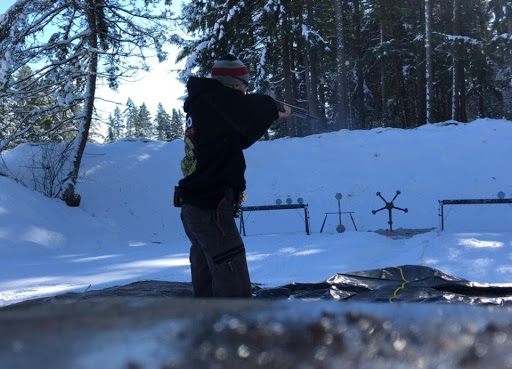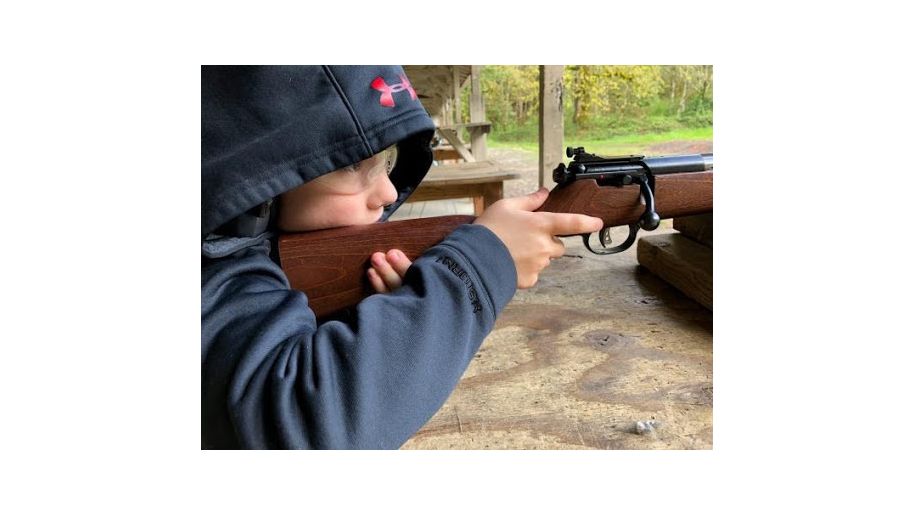First Time Buyer
So you bought a gun during the Coronavirus 2020 Sales Surge, now what?
One thing this time of uncertainty has brought us is yet another big surge in the demand for firearms and ammunition. What really seems to set this surge apart, however, is the demographic of the buyer: Whereas previous “panics” have led to current gun owners wanting to increase their supply, this go-round has seen many new owners brought into the fold. Anecdotal tales abound from those in the firearms industry dealing with people confused about the process of purchasing a gun, surprised they can’t have it shipped to their house in 2-days, or pay the nice representative behind the counter a few extra bucks to waive that pesky waiting period. If the reader falls into this category, welcome to the group! Please remember the next time “common sense” gun control bills are on the ballot that the process wasn’t nearly as easy as what the advocates had you believing before, and vote accordingly.
Now you are probably wondering:
How Do I Learn to Shoot My New Gun?
The first step is to learn the basic rules of firearm safety, and always keep them in mind:
- Never point the muzzle (the business end of the barrel) at anything you aren’t willing to destroy
- Always treat the firearm as if it was loaded
- Keep your finger off the trigger until ready to fire
- Know your target and what is behind it
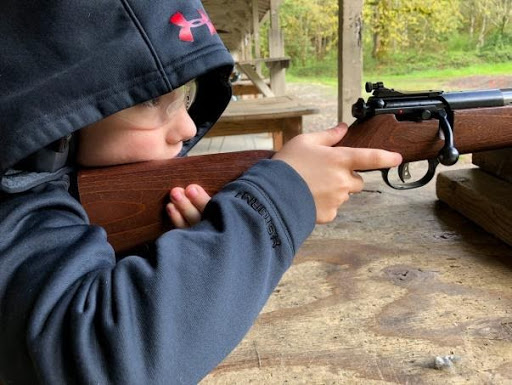
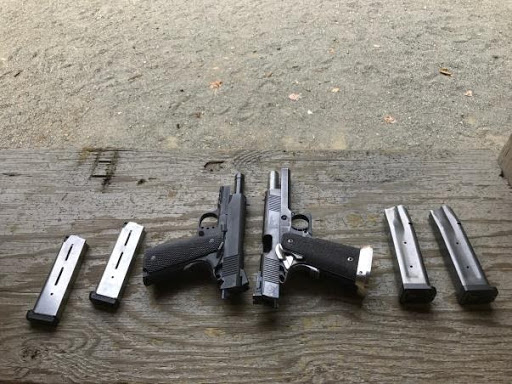
By following these rules, we as a community really can do our part to help reduce (and hopefully eliminate) accidental injuries and deaths with firearms. There are variations on these rules, and some places have other rules or more detailed descriptions, but this is the basic, “classic” list.
How do I Secure My Gun?
You need to be able to secure your firearm(s) when not in use. This could take multiple forms, and may be a legal requirement based on your local laws. I suggest calling a knowledgeable firearm retailer in your area and talking to a sales representative to find out your local requirements. Even better, talk to a few and get a consensus.
- Gun Safe – Locking cabinet-type storage, typically has thicker steel construction, and will have a fire rating giving an idea of how much protection it allots if there is a fire. Usually more expensive, better for theft deterrent, but bulky and can take longer to gain access
- Quick Access Safe/Cabinet – Similar to a safe, but usually thinner seal, often not fire-rated, will not be as effective a theft deterrent. Often have a method of opening quickly using fingerprint, RF device, or simple keypad, and smaller form factor makes them easier to locate in bedrooms, etc.
- Trigger Lock – Primarily used to prevent children from being able to accidentally discharge a firearm. Will not prevent theft, or the ability to pick up the firearm and “play” with it, often considered a liability in the context of defensive weapons due to amount of time required to disengage.
How Do I Get Started Shooting My New Gun?
What Caliber Is My Gun? Your firearm should have the caliber stamped on the barrel, and there is no “close enough” here. It is correct or it’s not. Unfortunately, sometimes the same caliber gets sold with different names, but one with a similar name will not be the same caliber (e.g. 9x19 can be 9mm Parabellum, 9mm luger, 9mm NATO, etc, but 9x18 or 9mm Makarov is NOT compatible). For this it is best to research, and consult with somebody knowledgeable in the area. It is unfortunate that with this demand ammunition prices have increased, but it is important to have. As the saying goes, “Nothing more worthless than an empty gun.”
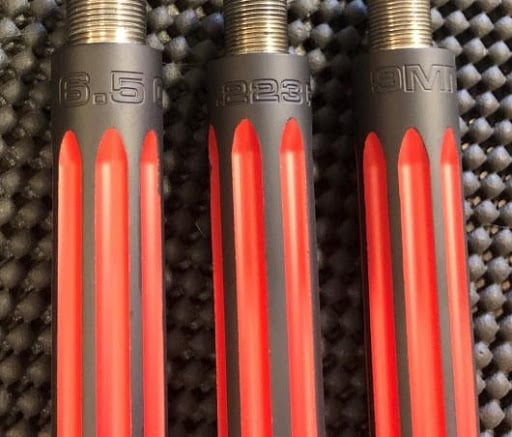
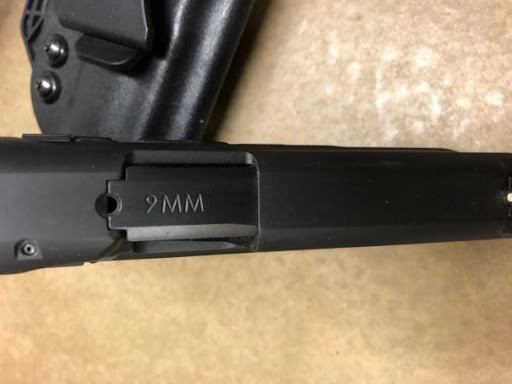
Learn the Controls - Think of your new firearm like a car… You just got it, and there is a learning curve. When first learning, you had to think about the gas, brake, steering, etc. Once you could comfortably drive, if you needed your windshield wipers or headlights, you may not have known just where to reach to turn them on until you had more practice in that vehicle. Chances are you purchased a firearm to protect yourself and those you love. In a stressful situation you don’t want to be second-guessing how to make it “go.” The internet is loaded with how-to’s and gun reviews that will cover the controls of your specific firearm, but it is advisable to watch a few to get a consensus as there can be conflicting information out there.
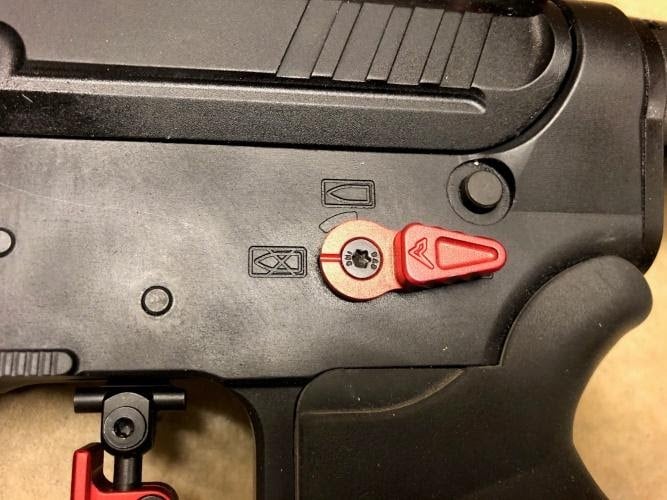
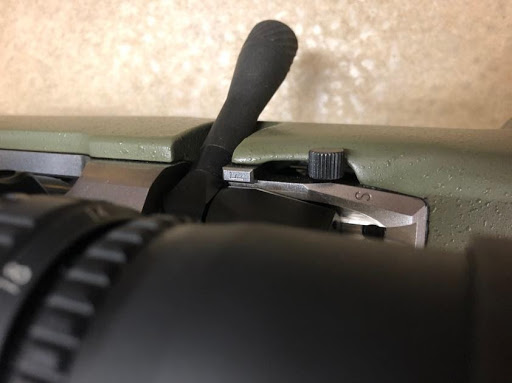
Who Can Teach Me to Shoot?
- Friends - Here’s the good news: You know people who shoot guns. Depending on where you live, they may not advertise it, but I bet you know that person. People who shoot guns typically love talking shooting guns and taking people out to enjoy their activity with them. That person can walk you through where to go to get live-fire practice, and hopefully some of the nuances of how to practice safely (reference the earlier list of rules, these should be adhered-to). That person, even if they aren’t familiar with your firearm, can help you get through that initial learning curve, and may even have another friend who has that exact model who can help you figure out the little things.
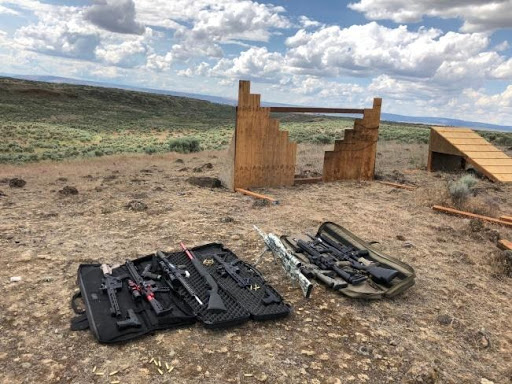
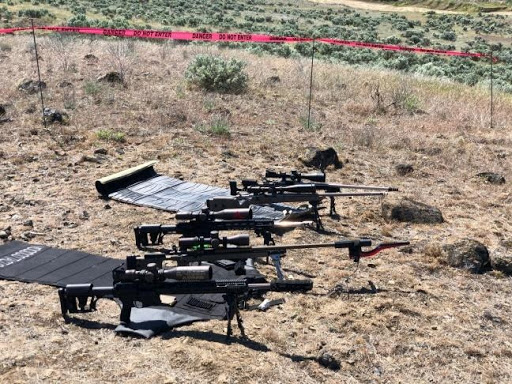
- Classes – Many shooting ranges offer classes from trainers for a variety of platforms. These can be basic fundamentals, on up through defensive scenarios and tactical proficiency.
How Did I Miss?
When it comes to accuracy, don’t be discouraged if you’re not John Wick right out of the gate. With all firearms, but especially with handguns, people have a tendency to over-estimate their capabilities. We’ve all been there, and the only way anybody got better was through practice. You will probably be surprised just how much a tiny little wiggle or misalignment that you thought was still “good enough” will affect where the round impacts.
Tips To Shoot More Accurately
- Dryfire - Mix some “dryfire” into your sessions. In this context that means aiming (in a SAFE direction) and pulling the trigger just like you’re shooting, but there is not a round in the chamber so the gun goes “click.” Make sure the sights/aiming point don’t move. You might be surprised how much you flinch, or are influencing the firearm with the trigger. *Note* Dryfire is typically not advisable for rimfire rounds like 22LR – most boxes of ammunition will state if it is “Rimfire” or “Centerfire” ammunition.
- Focus on the Sights - Try doing some shooting in which you are not aiming at a target merely into a safe backstop, preferably one in which your impacts are clearly, instantly visible. Try to keep your eyes open during the shot, and keep your focus on the sights/reticle. Most people involuntarily blink, and this often goes along with a “flinch.” This strategy can help both the flinch and the ability to keep/reacquire the sights versus focusing too much on the target, which helps marksmanship.
- Competition – Once you have become comfortable in the operation of your firearm, start testing yourself. There are many forms of competition, check with your local shooting ranges to see what they offer for the platform you have purchased. It’s also perfectly acceptable play H-O-R-S-E with your friends, as long as it is done in a safe manner, or use printable targets found online to play poker, or a variety of other games. Learning to perform under pressure will only help your abilities.
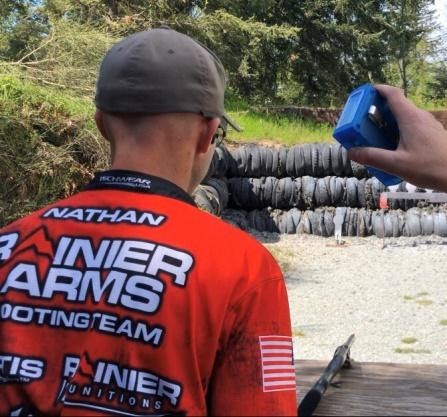

The most important thing is to be safe at all times. Once a bullet exits the barrel it cannot be taken back. The next most important thing is to have fun! Even if you only purchased your firearm for protection, learning the platform and becoming proficient with it will likely be one of the more enjoyable tasks you’ve ever taken on.
